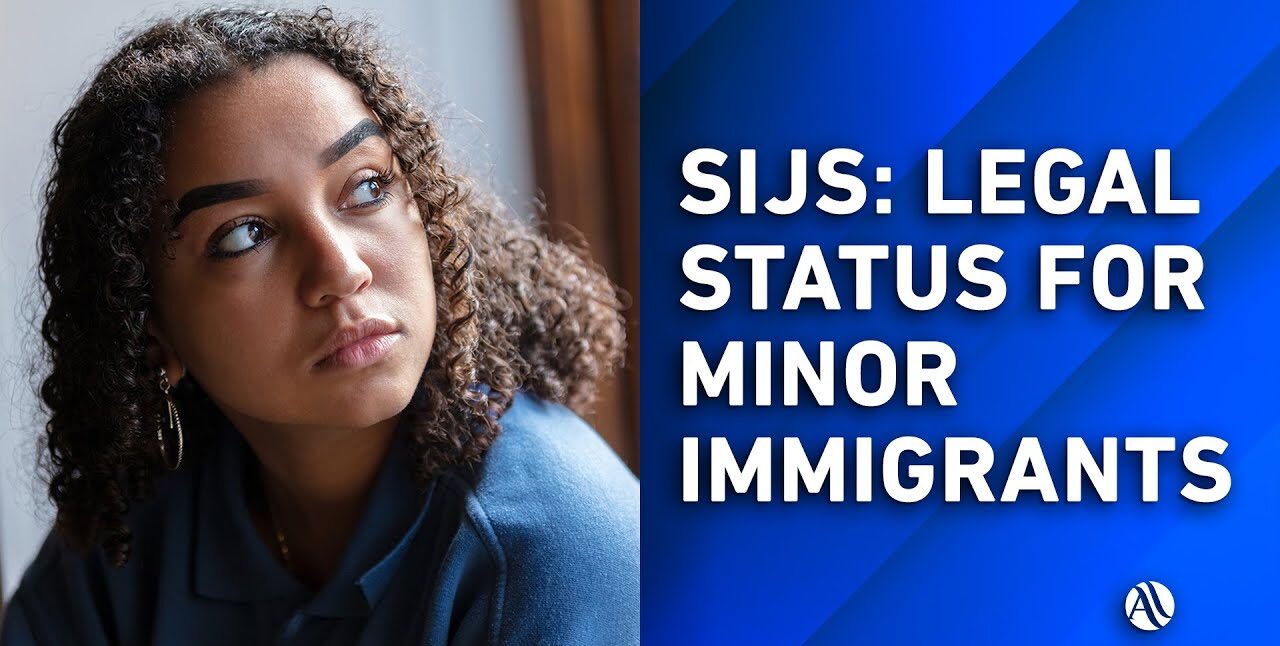Many employees across the country have felt the impact of the COVID-19 pandemic. The dollar simply does not stretch as far as it used to. However, many are now anticipating that the 2022 Labor Laws changes will provide a reprieve.
So how will Labor Law 2022 affect your salary? The rippling effects of COVID-19 continue to be felt across the country. As a result, the federal and state governments are currently considering updates designed to spur economic growth.
Therefore, the ongoing labor law changes are necessary as 2021 labor laws may not be applicable in 2022, particularly with the rise of remote working culture.
Federal Labor Law Changes
An analysis by the Economic Policy shows the value of the federal minimum wage is at its lowest point in 66 years. The analysis also states that the federal minimum wage which currently stands at $7.25 an hour is worth less than any other minimum salary since 1956.
Before July 2021, the country experienced the longest continuous duration without a change in the minimum wage. It is worth noting that the $7.25 minimum wage when adjusted for inflation is also worth less than when it came into effect in July 2009.
Experts say a review to increase the federal minimum wage is long overdue and the Biden administration is keen to make these changes. 2022 has already proven that the environment is much friendlier to unionization and the rights of employees to a fair salary.
Over 24 states have raised their minimum wage in 2022 including:
- Arizona: Arizona is set to increase the minimum wage to $12.80 for non-tipped employees and $9.80 for tipped workers. Flagstaff rates will increase to $15.50. It is worth noting that Flagstaff city law stipulates that employees may receive $3 less than the minimum only if it is established that they made the balance in tips.
- California: The minimum wage will increase to $14 for employees in small establishments with up to 25 employees. And $15 for employees in larger organizations. Tipped employees are also entitled to a minimum wage regardless of how much they make in tips.

Some cities in California that will also increase their minimum wage include Cupertino, Daly City, Palo Alto, Richmond, Mountain View, San Diego, San Mateo, Santa Clara, Petaluma, Santa Rosa, and more.
- Colorado: The minimum wage in Colorado will be increased to $12.56 with tipped employees getting $9.54. In Denver, tipped employees will get $11.75 compared to $15.87 for non-tipped staff.
- Connecticut: Connecticut raised its minimum wage to $14 with a plan to get it to $15. However, the tipped rate is $6.38 with bartenders getting a mandatory $8.23.
- Delaware: The minimum wage in Delaware increases to $10.50. The law that stipulated youth employees may receive $0.50 less than minimum wage for a maximum of 90 days consecutively expired in December 2021.
- Florida: Florida is set to increase the minimum wage to $11 in September 2022, with tipped staff getting $7.98. The minimum wage in Florida is expected to get to $15 in 2026.
- Illinois: The 2022 standard rate in Illinois is $12 for standard employees and $7.20 for tipped staff. This rate is set to increase to $15 by 2025. Youth under 18 must also be compensated provided they work less than 650 hours per year. Illinois also provides a stipulation that youth must receive a training wage that is $0.50 less than the standard rate for the first 90 days.
- Maine: The minimum wage in Maine as stipulated by the local government is $12.75 and $6.38 for tipped staff. Portland has higher rates at $13, and $6.50 for tipped employees.
- Maryland: Maryland increased its minimum wage to $12.20 for organizations with less than 15 workers and $12.50 for larger businesses. Montgomery’s minimum wage is significantly higher at $15.00
- Massachusetts: The minimum wage in this state increases to $14.25 in 2022 and is set to reach $15 per hour in 2023. Tipped staff are set to receive $6.15 which will also increase as the standard rate goes higher.
- Minnesota: In Minnesota, the minimum wage is dictated by the business’ receipts. Businesses making less than $500,000 annually will pay $8.24 compared to $10.33 for staff in organizations making over $500,000 annually.
Tipped staff in Minnesota get the same minimum wage as the law prohibits decreasing these rates based on tips. In St. Paul, the minimum wage will continue to increase to get to $15 hourly after which it will be adjusted to match inflation rates.
Average minimum wage rates based on business size are:
- $10.75 for businesses with less than 5 employees
- $12 for businesses with up to 100 employees
- $13.50 for businesses with less than 10,000 employees
- $15 for businesses with over 10,000 staff
- Missouri: Missouri legislation advocates for a minimum wage of $11.15 and $5.75 for tipped workers. The laws also require that tipped staff be paid at least half the standard rate and that employees make up the difference for staff who do not earn the rest through tips. Businesses making less than $500,000 annually are not required to pay minimum wage.
- Montana: The minimum wage in Montana is set to $9.20 for all staff including tipped employees.
- Nevada: The Nevada minimum wage is set to $9.50 for healthcare workers and $10.50 for the rest. This rate also applies to tipped staff.
- New Jersey: The minimum wage in New Jersey is $11.90 for businesses with less than 5 employees and $13 for businesses with more than 6 employees. Tipped employees are set to receive $5.13.
- New Mexico: The state minimum wage in New Mexico is $11.50 and $2.80 for tipped staff. Tipped staff in Las Cruces get a minimum wage of $4.60.
- New York: The minimum wage in New York is set to increase annually until it gets to $15.00 hourly.
- Ohio: Ohio also follows a business receipt bracket system with employees in businesses making $341,000 annually receiving $9.30 and $7.27 for those making over this amount. This rate also applied to minors in employment.
- Oregon: Oregon legislators increased the minimum wage to $13.50 Non-urban counties have an increased minimum wage of $12.50 and $14.75 for employees in Portland Metro.
- South Dakota: Minimum wage in South Dakota is $9.50 and $4.97 for tipped staff.
- Vermont: Minimum wage in this state is $12.55 and $6.28 for tipped employees.
- Virginia: Virginia’s minimum wage is planned to get to $12 in 2022 with the standard applying to tipped employees as well
- Washington: The minimum wage in Washington is set to get to $14.49 and $17.27 in Seattle for organizations with over 500 employees. Organizations with less than 500 staff will pay $15.75 for tipped employees
California currently has the highest minimum wage at $15 followed by Washington at $14.49. In 2023, California, Massachusetts, and Connecticut are set to have the highest minimum wage.
Georgia and Wyoming have the least minimum wage at $5.15. However, employers in these states must pay a minimum of $7.25 following the Fair Labor Laws Act.
The Impact of Labor Law in 2022 on Contractor Salaries
Federal labor laws which govern minimum wage, overtime, on-call pay, sick leave, employee breaks, discrimination, and other workforce practices affect all employees and significantly impact their salaries as seen in the reviewed minimum wage rates above.
The U.S. The Department of Labor enforces over 180 federal labor laws that cover over 150 million employees. The Fair Labor Standards Act prescribes minimum wages, as shown above, and hours which affect almost all employees in both public and private sectors.
The 2022 labor laws are set to also impact employees who depend on the gig economy as independent contractors including delivery and ride-hailing industries.
Workers in these organizations are expected to be recognized as employees with legal protections and benefits because they are economically dependent on these companies.

Of course, these changes are also going to impact the bottom line for many companies and affect household incomes and quality of life. There might also be significant changes in hiring.
The Labor Department will consider several factors before changing the labor laws in 2022. Factors such as:
- Permanency
- Profit or loss opportunities
- Employer control
- Investment
- Whether or not the employee is an integral part of the business
It is important to note that most state and federal laws that dictate minimum wage only apply to employees who cost an organization up to 30% more than it would cost to pay independent contractors.
The American Federation of Labor and Congress of Industrial Organizations is also keen to prevent the misclassification of employees which affects their rights to full wages.
President Biden’s initiatives to support employees have a far-reaching impact on employers. His executive order also seeks to reduce prices for families even as worker wages are adjusted to match inflation rates.
In an executive order, the President also directed that federal contractors’ wages be increased to $15 an hour and $10.50 for tipped workers. These rates are set to increase in accordance with the Consumer Price Index.
The Impact of Labor Laws 2022 on Employment and Family Income
With minimum wages expected to keep rising to meet the federal labor law 2022 requirements, the impact for employers will be seen in employment changes. Employment rates are set to reduce as employers try to match expected salaries without affecting their bottom line.
Employers will also face an increased cost of hiring low-wage workers even as wages for these workers themselves go up. Jobless and unemployed workers are also more likely to re-enter the workforce.
There is also the fear of job loss among employees with increased minimum wages as employers try to reduce the cost of doing business. However, there is a possibility of employees earning more during the spells where they are engaged in gainful employment.

More people whose earning power is increased with these new labor laws in 2022 will also be expected to leave poverty. However, with reduced employment rates the number of people leaving poverty might not be significant.
Increasing the minimum wage is certain to have an impact on families’ real income. Some families might get lifted from poverty while others fall into it as some employees lose their jobs in organizations where business owners must absorb the increased cost of hiring. The impact on real family income is also likely to remain unfelt for a few years.
Additional income as a result of increased minimum wage might also not have a major impact on family income as the extra income is absorbed by the high cost of living.
Economic Uncertainty as Salaries Increase in Accordance with Labor Laws 2022
The increased minimum wage across the country is welcomed by many low-wage workers and is expected to reduce their personal financial strains. Reports indicate an increase in groceries and household products as well as gas reducing the purchasing power of many American low-wage workers.
Employees must also re-think their digital skills to thrive in the gig economy. Amidst high inflation and a tight labor market, many companies in America are set to give the biggest wage increase in over a decade.
According to the Bureau of Labor Statistics, non-union jobs have realized an increase in their wages much faster compared to non-union jobs. Workers in non-union jobs take longer to realize their wages as a result of prolonged negotiations between employers and unions.
Employers are also faced with the problem of a tougher employment market as more employees leave their jobs in search of higher wages. The cost of maintaining an effective workforce is also expected to be higher for many organizations.
It is also worth noting that with the current inflation levels, employers might also be required to adjust their wages to match the cost of living. Rising inflation, however, will affect the increased wages for many American employees as they have lower purchasing power even with higher salaries.



